One of the most social birds in human history was lost. So many cool facts about them, it's a heartbreak that we have seen the last of them. How did this happen?. Was it supposed to be?. Come to think of it, they were known to have a population so large that they shear branches of trees when roasting together, only to now be down to zero, we have ourselves to blame for that.
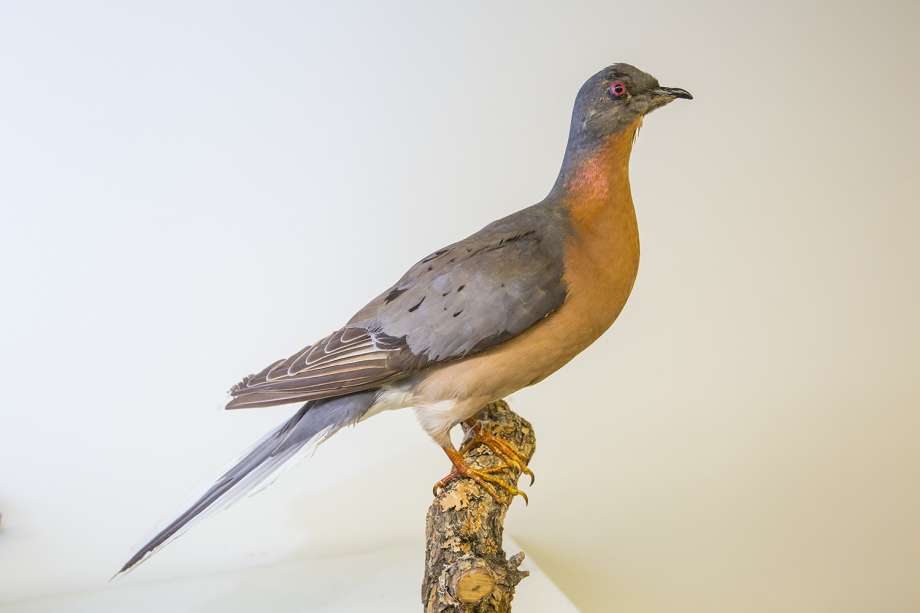
Source
This is the second to come in my weekly series of TheEXTINCT which is aimed at bringing to our knowledge those animals we have lost forever and how it came to be. This is an advocate for the preservation of life, I only hope we learn from this piece and put more effort into preserving them all.
What They Look Like
This bird weighed between 260 and 340g. With respect to length, an adult male measure about 390-410mm. At the head, it had a coloration of bluish-gray which adjusted to the nape and hind neck.
The sides of the neck feature feathers which have been described as bright bronze, violet and sometimes golden green which is dependent on the angle of light rays.
It had a coloration of slate gray at the upper back and wings and at the lower wings grayish brown. At the lower back, it featured a dark blue-gray colour which changes to a greyish brown colour at the upper side of the tail feathers. At the grater and median wing, it colours pale gray with some black spots close to the near end. For the primary and secondary feathers, it is seen to have a blackish brown colour with its edges colouring narrow white when the outer side of the secondary feather is seen.
It's central tail feathers were known to colour brownish gray and other part colour white. This pigeon had a distinct tail pattern with a white outer edge and black spots which displays on flight.
It was known to have a black bill and feet and legs of colour bright coral red. It features a carmine-red iris which is surrounded by an eye ring which colours purple.
The female is slightly smaller than the male and a bit dull with a grayish brown forehead, nape crown and also down to the scapulars. Its wings have more spots than the male, it's tail of a shorter size and legs and feet paler red.
A juvenile of this species of bird is similar to an adult but do not feature spotting on its wings.
WHERE THEY LIVED
This pigeon was found mostly across North America, the Great Plains towards the east of the Atlantic coast. It was also found across the south of Canada, and in Mississippi, United States with its primary habitat eastern deciduous forests.
They migrate in search of their need resources constantly which food and shelter come first in the scale. it's not clear as if they take a liking to a specific tree but they are not restricted to a particular tree. Originally they breed around Mississippi, Oklahoma, Kansas, Georgia, and Canada in the United States but breeding primarily is mainly in Southern Ontario and also the Great Lakes.
In the winter, they travel in large swamps down to Arkansas, The Gulf Coast, North Carolina and sometimes Northern Florida. In general, winter sees them in places with alder trees, forested areas (pine in particular which is their most preferred roasting site). They were also sighted across the Western States, Cuba, Bermuda and Mexico mostly in a severe winter.
Passenger Pigeon Fossil was found scattered across Twenty-five US States. These date back to 100,000 years ago when the pigeon extended their range across western states.
Behavioral Facts
This is a nomadic bird always moving from one place to another in search of food or nesting grounds. They are described to be so dense with flocks flying across 1.0m above ground level, in a windy condition, high to about 400m and also described as a skilled flyer.
They fly with repeated flaps, quick such that they increase in velocity as the wings get close to the body. It was known to also adapt to flying through forests as quick as flying in an open space.
Landing, the pigeon is noticed to severally flap its wing in a hasty manner and raise them just before landing. They are also described as an awkward bird when on land, moving around as alert as they can be.
When the list of social birds is brought to the table, the passenger pigeon will always make part of the list as they are known to be one of the most social birds. They were estimated to have a population of five billion at the peak of its population density making them one of the most numerous birds on earth.
They are also known to be a communal roasting species of bird choosing their roasting site with respect to the availability of food to sustain a large number for a long period. Time spent on a particular site is dependent on some number of factors of which weather conditions, human persecution, and a few other factors play a Major role and they tend to reuse a roasting area with time but sometimes they are only used once.
They roast in numbers that a thick branch of a tree may break due to the stress of a multitude as they pile up on each other back to roast. On resting they take a slump position which hide their feet, and when sleeping conceal their bills in their feathers mid of their breast and their tail at angle 45.
DIET
For diet, they had Beeches and oaks which is needed in mass for roasting and nesting. Depending on the season, they tend to select their diet. Winter, Fall, and spring see them having mainly acorn, beechnuts and chestnuts.
Summer sees them on softer foods and berries which include blueberries, cherries, grapes, mulberries, bunchberry, and pokeberries. They also feed on worms, snails, caterpillars and some other invertebrates most especially while breeding. The also took advantage of grains cultivated such as buckwheat.They had an elastic mouth and throat which allow an increased capacity which enables them to swallow acorns a whole. It can also store a large amount in its crop having the ability to expand to the size of an orange which gives this bird the ability to grab any food quickly. On feeding, They perch on branches to digest food stored in crop overnight.
REPRODUCTION
Apart from finding a roasting site, migrating is also for finding a good place for their communal breeding of younger ones.
In the nesting colony, Courtship takes place on branches. the male makes a Keck call when they are near a female. Then he presses on her perch with head up high pointing to her. when receptive, the female pessimists back against him.
On mating, the two birds perch on each other followed by billing where the female pigeon inserts its bill into the male, these fellows by the male scrambling on the females back and copulation takes place. After mating, nest are built which take about four days for construction.
Eggs are laid in the Nest and hatching of the eggs is a communal effort as they take turns to incubate the egg. On hatching, the nestling develops quickly. This period sees the parents taking care of the nestling till they come of age feeding them with crop milk after hatching and adult food introduced gradually.
HOW THEY WENT EXTINCT
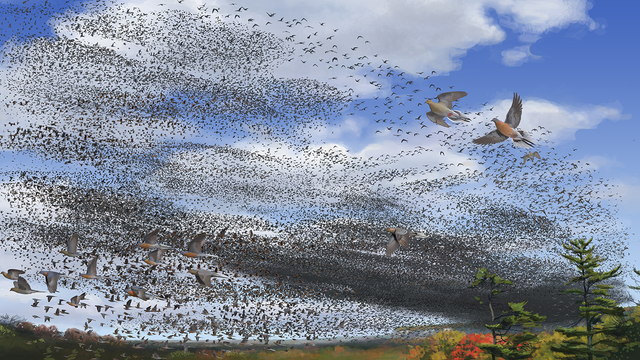 Source: A View Of Their Population As They Fly Overhead
Source: A View Of Their Population As They Fly OverheadIt's so sad that we saw the last of this beauty of nature, and more heartbreaking that we assisted in the extinction of this bird but I only hope that this article grows in us a seed to love these animals like we do ourselves to help keep their beauty for generations to come.
The main factor of extinction of the passenger pigeon was massive hunting by humans and loss of its habitat. This was due to the extreme social life displayed by this bird making them more vulnerable to those factors.
The need for agricultural lands and expansion of towns lead to deforestation of its habitats, though some animals survived this period the vast number of this pigeon could not be accommodated by This remained land area.
A combined effect of massive hunting and deforestation against this pigeon was labelled the most senseless human extinction of a species in history. As the extinction continued, they lost below the numbers necessary for propagation. In addition to the extinction, some nestling upon deforestation were left to fend for themselves and some other factors which include the Newcastle disease, Mass drowning, and migration outside their range enhanced their extinction.
LESSON
The extinction of this specie was an eye opener that even a very populated specie can with time go extinct, therefore we should always have preservation of all animals at the back of our mind as they can all be termed endangered with time despite their population.
Thanks for reading, did you miss the first of this series which featured the Western Black Rhinoceros, Check it out below.
The Extinct #1-The West African Black Rhinoceros
Ref 1 Ref 2 Ref 3
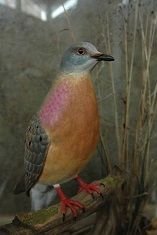
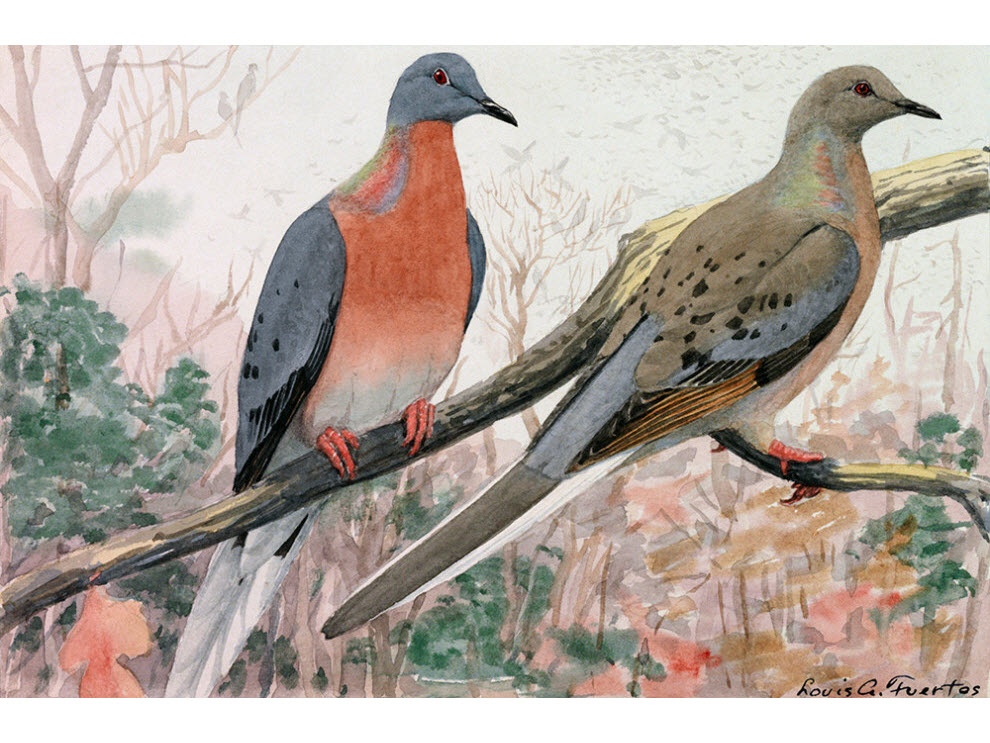
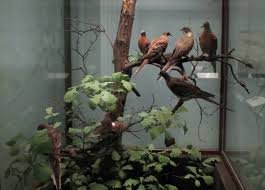
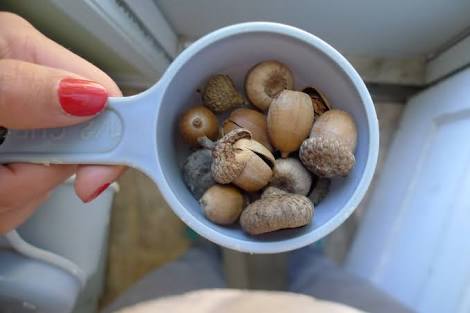
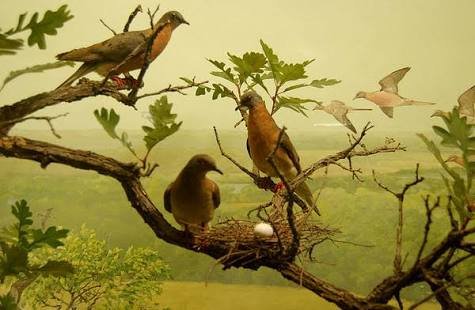

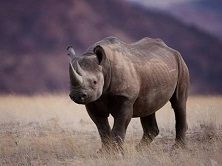
Excellent post, quite complete
Downvoting a post can decrease pending rewards and make it less visible. Common reasons:
Submit
Nice having you here @maurelvys. Thanks for reading.
Downvoting a post can decrease pending rewards and make it less visible. Common reasons:
Submit
It is a great series... but it makes me feel bad, as human being... Bloody humans...
Downvoting a post can decrease pending rewards and make it less visible. Common reasons:
Submit
Their voices and cries should be heard. You feel bad for our actions, I do too, most especially when bringing an article like this together. But they need a voice, and this series is me speaking for them all. Though we have not done right by them over time, it is time to turn a new leaf, and that starts with educating the public about them.
Downvoting a post can decrease pending rewards and make it less visible. Common reasons:
Submit
This series is very good for this purpose. Many more articles like this are in order (maybe it is already too late :( ).
Downvoting a post can decrease pending rewards and make it less visible. Common reasons:
Submit
Sad to say, it's late already with respect to those extinct animals :( but not late with respect to the animal world in general. A series like this is the only way the generation of today know about them, like "really this once existed?", and ask questions like, Why did I miss to see this beauty?. This will prompt the need for conservation of wild life in them and that's a win for all endangered species.
Watch out for my next article which will feature an animal to save, you can play a part to help save it and that's the ultimate goal.
Downvoting a post can decrease pending rewards and make it less visible. Common reasons:
Submit
I will check your future posts for sure :)
Downvoting a post can decrease pending rewards and make it less visible. Common reasons:
Submit
Excelent post!!!
Downvoting a post can decrease pending rewards and make it less visible. Common reasons:
Submit
Thanks for reading @chombo.
Downvoting a post can decrease pending rewards and make it less visible. Common reasons:
Submit
Upvoted.. This is lovely precious! Clearly, a lot of time and work had been put into this post! Bless ya bro..
Downvoting a post can decrease pending rewards and make it less visible. Common reasons:
Submit
Thanks @pangoli, Its nice having you here.
Downvoting a post can decrease pending rewards and make it less visible. Common reasons:
Submit